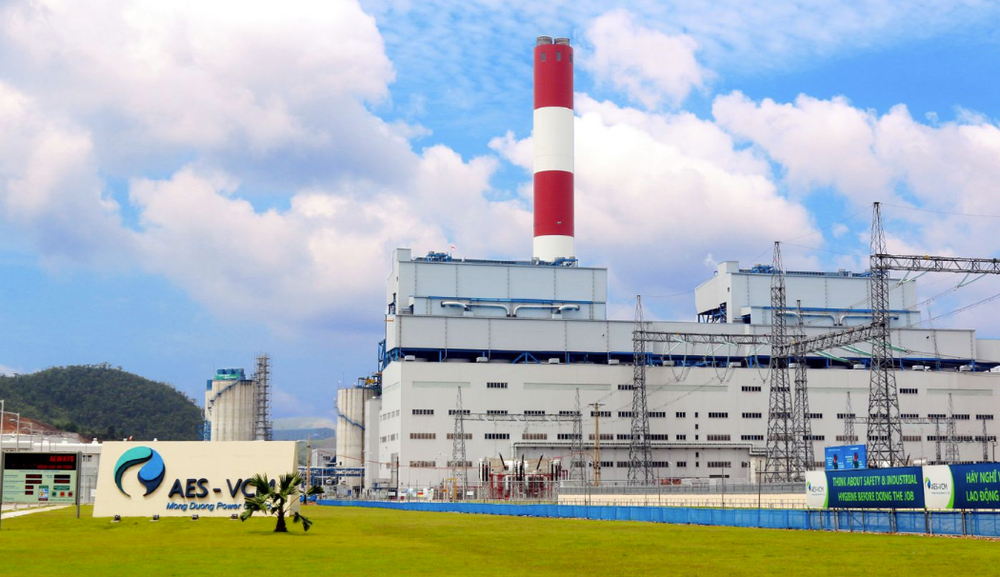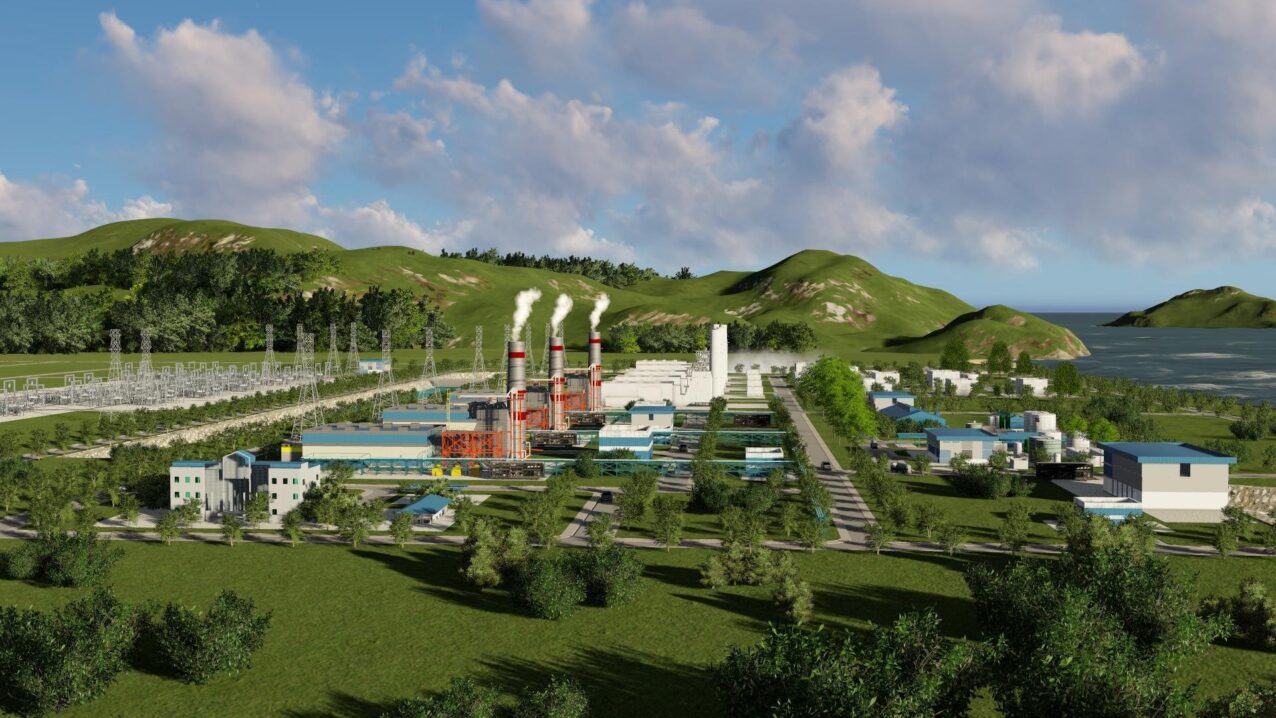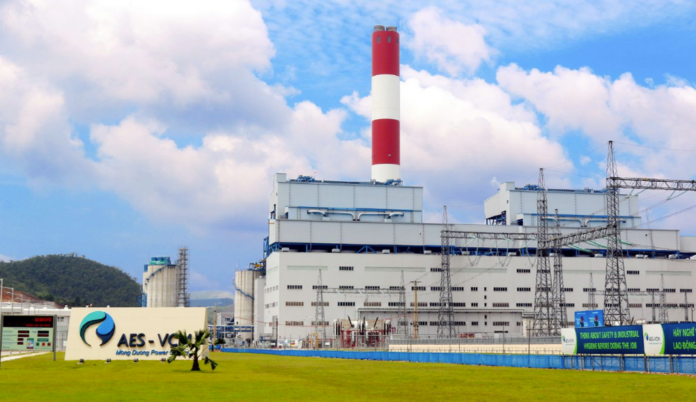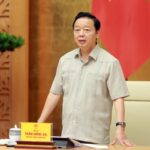
Mong Duong 2 Thermal Power Plant
According to the US Embassy in Vietnam’s Facebook page, US Ambassador Marc E. Knapper recently visited AES Vietnam to discuss the Son My II gas-fired power plant and LNG port projects.
Per the adjusted Power Development Plan VIII, Son My II is among the nation’s critical power projects and the industry’s priority ventures, aiming for operation between 2025 and 2030. However, due to various obstacles, these projects are behind schedule.
The Energy ‘Mega Projects’
AES is a Virginia-based energy conglomerate, ranked among the top 500 US companies by Fortune magazine (500 Fortune) and a global leader in the energy sector.
With a presence in 29 countries, AES has extensive experience in power generation and distribution and building gas industry infrastructure worldwide.
The AES Group began operations in Vietnam 17 years ago. Specifically, in 2008, the Vietnamese government granted an investment license to AES-TKV Mong Duong Power Company Limited – a joint venture between AES Corporation (USA), POSCO Group (South Korea), and China Investment Corporation (CIC) – to construct the Mong Duong 2 Thermal Power BOT Plant with a total capacity of 1,240 MW.
Construction of the Mong Duong 2 Thermal Power Plant commenced in 2011 with a total investment of approximately $2.1 billion, and it began commercial operations four years later. In 2019, AES completed a refinancing project for the plant, marking the first international project bond issuance for Vietnam.
AES’s Q1 2025 report showed that the Mong Duong 2 Thermal Power Plant and related financial entities achieved a pre-tax profit of $26 million, with AES’s share at $12 million. These results exceeded the $23 million and $10 million figures from the same period in 2024.
In November 2023, AES agreed to sell a 51% stake in the Mong Duong 2 coal-fired power plant to Se.ven Global Investments (Czech Republic). This agreement awaits approval from the Vietnamese government.
From 2017 onwards, AES shifted its focus to LNG power. Notably, they joined forces with PV Gas to develop the $1.4 billion Son My LNG port project.
In 2017, AES signed an MOU with the Ministry of Industry and Trade to develop a 2.2 GW combined-cycle gas turbine (CCGT) power plant worth $1.8 billion under the BOT format. The plant is to be located in Binh Thuan province.
In 2023, AES Vietnam received the investment policy decision for the Son My II CCGT Power Project.
Two Key Projects Behind Schedule

Son My II Thermal Power Plant Overall Site Plan
The Son My II Thermal Power Plant has a total capacity of 2,250 MW and covers an area of over 93 hectares. With a total investment of approximately $2.1 billion, the project is led by the AES Group and is among the nation’s critical power ventures, targeting operation between 2025 and 2030.
To support the Son My I and II thermal power plants, the Son My LNG port project, with a total investment of approximately $1.34 billion and a scale of over 3,500 hectares, was approved by the People’s Committee of Binh Thuan province in 2023. The project is owned by Son My LNG Port Company Limited (PV Gas holds 61% and AES holds 39% of the charter capital) and is expected to be completed in Q1/2027.
However, due to various procedures, these projects have yet to commence. According to the People’s Committee of Binh Thuan province, compensation, site clearance, and resettlement support are still ongoing. The province aims to complete these processes for organizations and households not requiring resettlement by May 15, 2025.
Additionally, the two gas-fired power projects are awaiting approval of their feasibility reports by the Ministry of Industry and Trade. The Secretary of the Provincial Party Committee of Binh Thuan has requested the Ministry’s support in resolving these difficulties to ensure the projects proceed as scheduled.
The Vice Premier Demands a Report on Delayed Power Projects
“In a recent development, Deputy Prime Minister Tran Hong Ha has instructed the Ministry of Industry and Trade, the Ministry of Planning and Investment, the Ministry of Justice, and local authorities to conduct a thorough review and provide detailed reports on the number of power projects that have faced delays. This proactive step underscores the government’s commitment to addressing challenges in the energy sector and ensuring timely progress on critical infrastructure projects.”

















